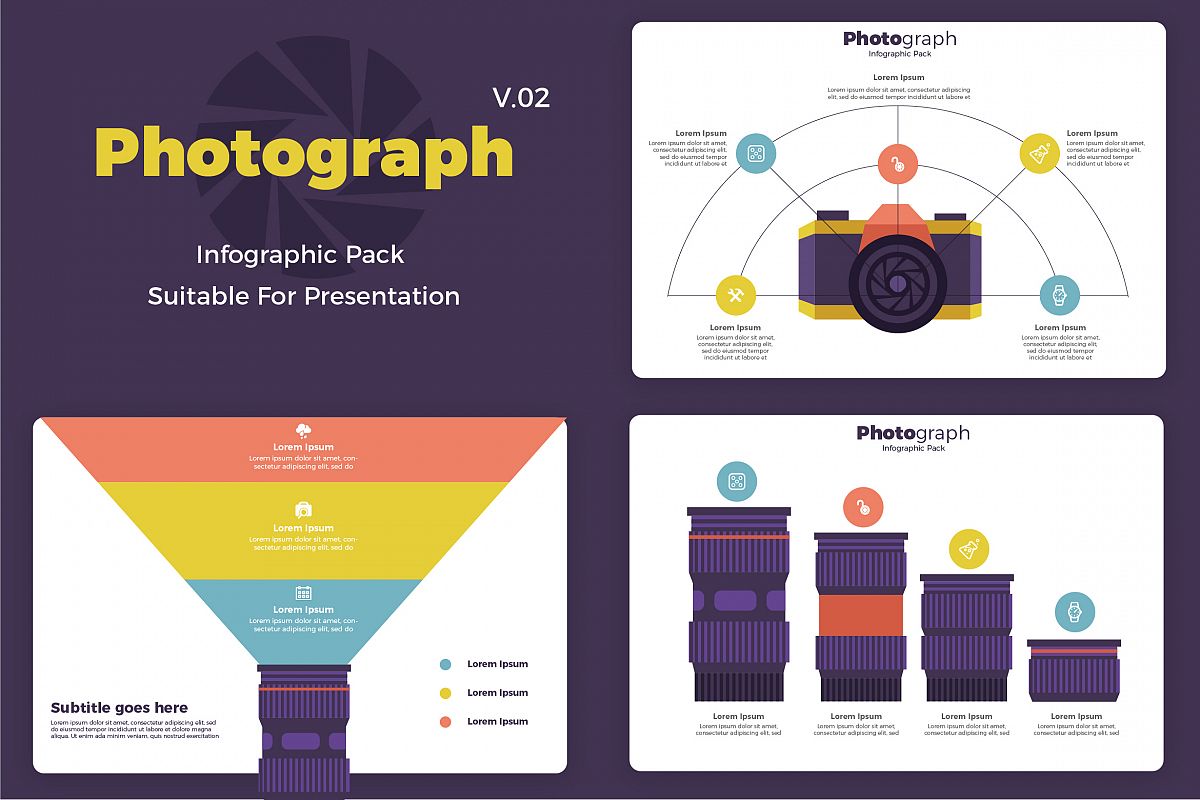What Every Professional Photographer Ought To Learn About Lighting
What Every Professional Photographer Ought To Learn About Lighting
Blog Article
Created By-Parks Olsson
As a photographer, you understand that lighting can make or break your pictures. Comprehending the nuances of both all-natural and man-made light is important for recording the mood and quality you aim for in your job. Whether you're chasing the excellent gold hour glow or tweak your man-made configurations, grasping these components can raise your photography substantially. However there are common pitfalls that numerous overlook, and acknowledging them can change your approach to every shoot. Allow's explore what you could be missing and just how it can impact your outcomes.
Recognizing All-natural Light
Comprehending natural light is essential for any kind of professional photographer wanting to boost their job. It's the structure of fantastic digital photography, affecting mood, tone, and quality. When you shoot outdoors, focus on the moment of day. The golden hour-- quickly after sunup and prior to sundown-- provides soft, warm light that can transform common scenes right into magnificent pictures.
Don't ignore the power of cloudy days. Cloud cover diffuses sunlight, producing a soft, even light that's excellent for portraits and macro digital photography. You'll find colors appear this sort of illumination without extreme darkness.
Positioning issues, as well. Constantly consider your topic's positioning to the light source. If the sun's behind your subject, you might end up with a shape, which can be significant yet mightn't be what you desire. On the other hand, direct sunlight can create unflattering shadows.
Try out angles; sometimes, altering your point of view can yield remarkable outcomes. Usage natural reflectors, like water or sand, to jump light onto your topic, including measurement.
Mastering Artificial Light
Understanding man-made light is essential for digital photographers who want to take their abilities to the following level. Whether you're utilizing speedlights, studio strobes, or continuous lights, understanding how to adjust these sources can substantially improve your pictures.
Beginning by acquainting on your own with the basics of light quality, instructions, and shade temperature level. Try out different modifiers like softboxes, umbrellas, or grids to manage the gentleness or violence of the light.
You'll locate that soft light usually produces complementary outcomes, while harsher light can add drama and deepness. Don't avoid shadows; they can enhance the three-dimensionality of your subjects.
Pay close attention to the placement of your lights. A light positioned as well close to your topic can create unflattering results, while also away can lead to an absence of information. Use a light meter or your camera's histogram to ensure you're revealing correctly.
Lastly, keep in https://www.nationalgeographic.co.uk/adventure/2020/05/explore-otherworldly-realms-in-these-13-fantastical-tales-of-adventure that man-made light can be blended with ambient light for creative impacts. Stabilizing these sources might take practice, but once you understand it, your photography will truly radiate.
Techniques for Different Situations
When you step into different capturing situations, adjusting your lighting methods is critical for capturing the very best images. For outside portraits, make use of the golden hour-- early morning or late afternoon light-- to soften darkness and boost complexion.
If it's a harsh noontime sun, take into consideration utilizing a reflector to jump light back onto your topic or seek shaded locations for a more also exposure.
In low-light scenarios, like interior occasions, boost your ISO and make use of a wide aperture to let in even more light. A tripod can help remove electronic camera shake, enabling longer direct exposures without blurring.
If you're contending evening, experiment with off-camera flash to create dynamic lighting and deepness in your photos.
For item photography, make use of diffused lighting to avoid harsh representations. Softboxes or light camping tents can aid attain this impact.
When photographing landscapes, think about the direction of light and time of day, as it can considerably change the mood of your shot.
Always be https://www.liveinternet.ru/users/overgaard_ogle/post509031794 to readjust your settings and placing based upon the circumstance, as versatility is key to grasping lighting in photography.
Verdict
To conclude, understanding lights is key to boosting your photography abilities. Embrace all-natural light's elegance during gold hour, and don't shy away from trying out synthetic light strategies. By adjusting your method to various scenarios, you'll capture sensational pictures that resonate with emotion and quality. Bear in mind, the best lighting can transform an ordinary shot into something extraordinary, so maintain exercising and improving your understanding of both natural and man-made light. Delighted capturing!
